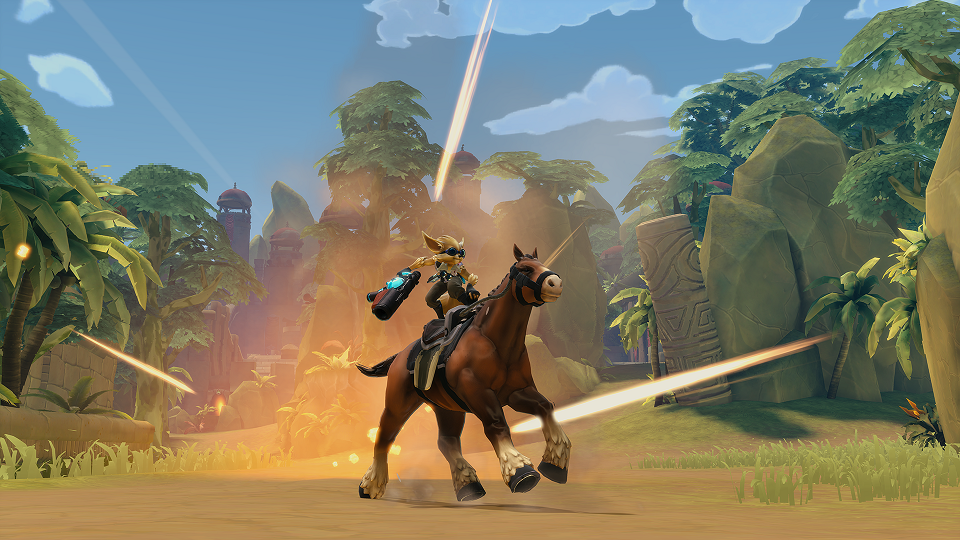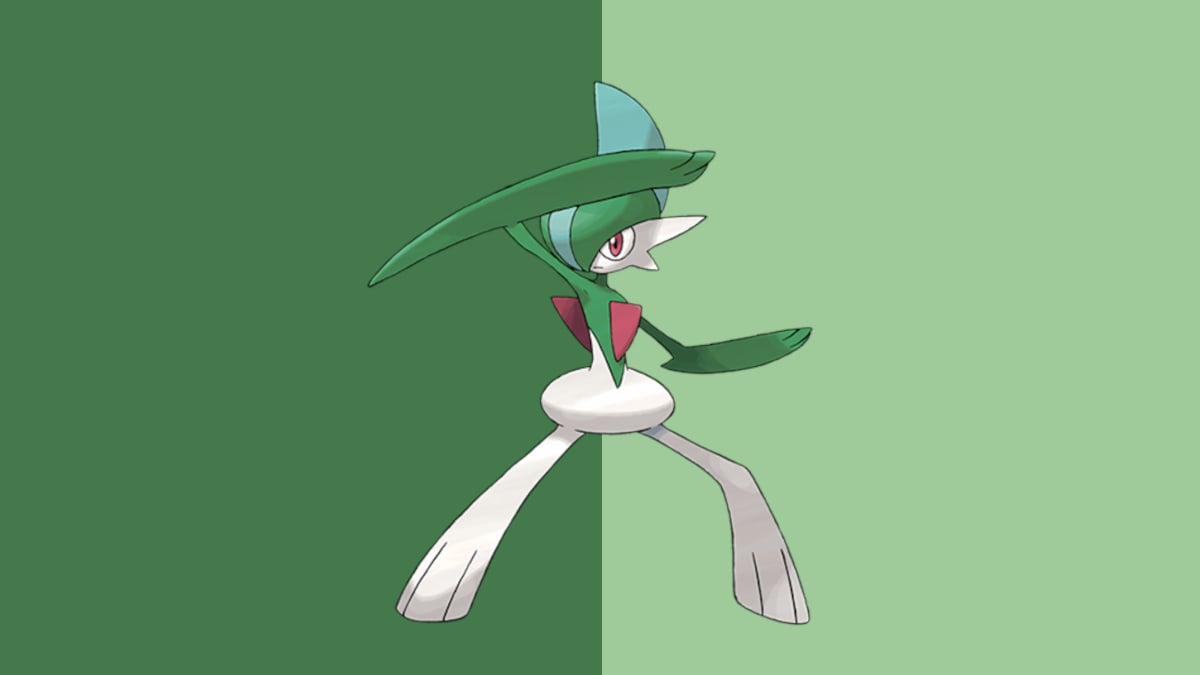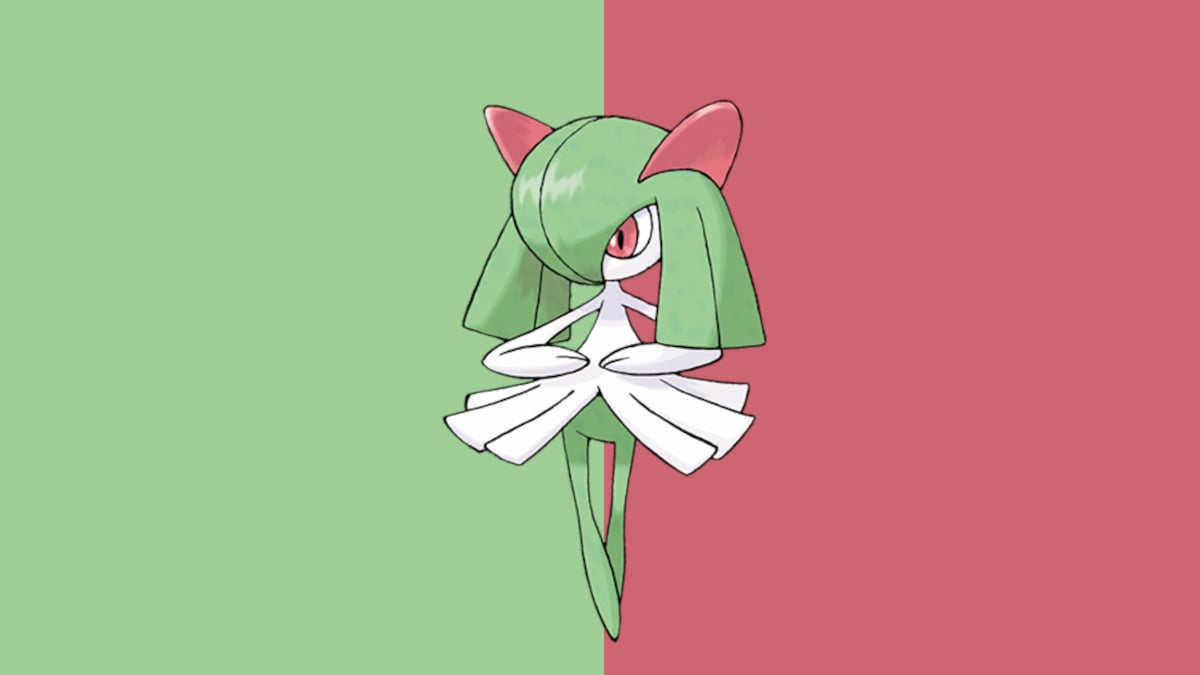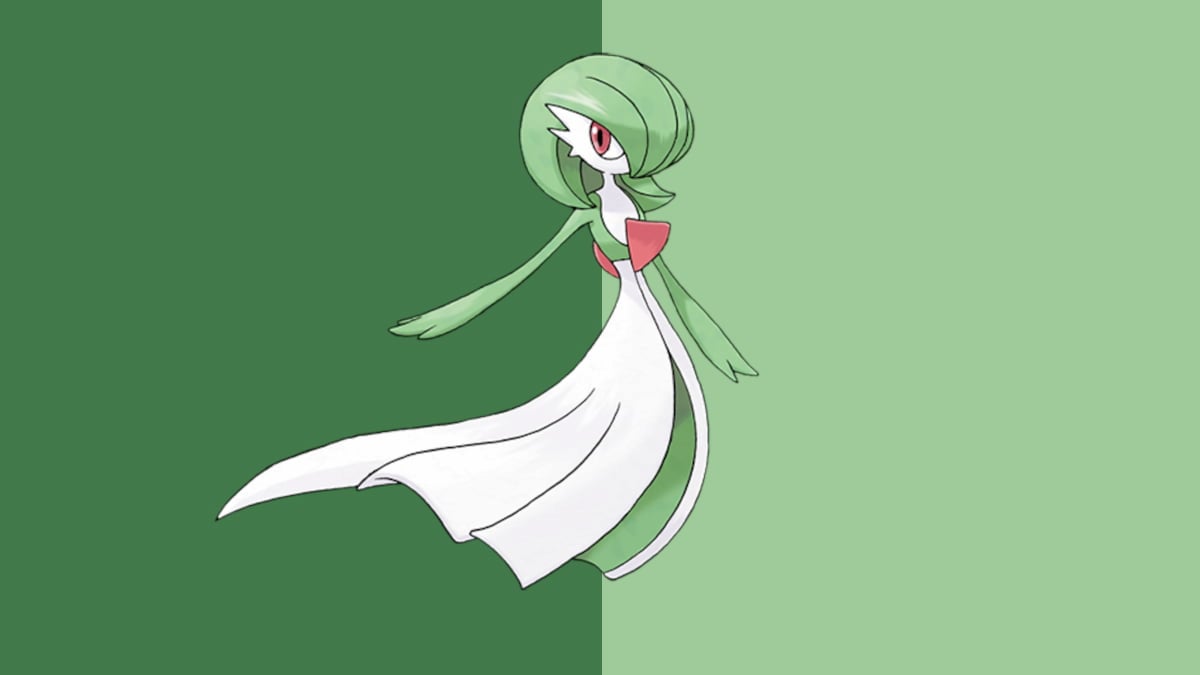TyLoo shocked the Counter-Stirke: Global Offensive scene this past week with their upset of Na`Vi in the group stages of StarSeries XV, beating the CIS superteam and potential tournament favorite on Mirage (a good map for both teams).
Na`Vi, historically one of the most tactical teams in CS:GO, was seemingly outplayed throughout the duration of their Terrorist side. TyLoo used their unconventional CT setups round after round to catch tactician and coach Sergey “starix” Ischuk off guard. After losing to a surging Heroic on Cobblestone, the Chinese team then pushed Astralis (who, while currently in a slump, still boast world-class talent) to the very end of a close three map series, even winning on Astralis’ map pick and debatably their strongest map as a team in Overpass. While assessing TyLoo as a team can be fairly difficult because of their limited exposure to the international scene, they possess the characteristics to upset some of the world’s best teams because of their non-traditional playstyle, as they proved at Dreamhack Malmo against Luminosity Gaming and recently against Astralis and Na`Vi. However, because their playbook (seemingly by choice) lacks a consistent sort of default setup, it will be hard for China’s best to put up the consistent results to make them an international tournament winning threat. TyLoo will become a scary opponent for any team because of their unpredictability, but will remain just outside of the top tier.
Every Round a New Mixup
On their CT sides, it seemed as if TyLoo’s players had no established positions. At any moment, a B player on Mirage could be in a standard position on B-site, pushing the apartments, using a top-mid smoke to push up the catwalk (while leaving the site completely unattended for sometimes a full 20-30 seconds), hide in ladder room with a teammate in sniper’s nest, or play with another teammate underneath the apartment window. The possibilities and variations were seemingly random and almost endless. To be fair, it was in no way as if the TyLoo strategy was just half-baked guesses: their approach to things like mid control on Mirage looked catered to the way Na`Vi typically play the map on Terrorist side.

In the first gun round, TyLoo used the top mid smoke to push cat and ladder, eventually leaving the apartments completely open.
To a similar end, while playing Astralis on Overpass, a map the Danes historically dominated their opposition on, TyLoo’s captain Ke “Mo” Liu constantly took aggressive angles across the map during their initially rough CT side, helping the team to find its footing and get picks in the stairwell, bathrooms and long-A. The constant mixups as to where he might be the next round clearly had a degree of planning and preparation to them; Mo would take a peek where he knew an Astralis player would be, then quickly move to where he predicted another would be setup to respond. His play, and TyLoo’s play in general on CT sides, was seemingly scripted to a game plan that they adhered to based on hours of demo review and locker room film sessions.

TyLoo’s Terrorist side play, by contrast to the anti-stratted aggression while on defense, was actually quite reserved and team oriented throughout all of their games. Leaving usually one player in a passive lurk each round, the rest of the team would move to execute and trade onto a bombsite together. Compared to other often slower teams like Na`Vi, Flipsid3 Tactics, and often the Brazilian SK Gaming, the focus of TyLoo’s slow play is not quite “map control” persay: they are not attempting to cover the whole map in a baseline, sweeping default to hit a bombsite from many angles at once. Rather, they play a relatively vanilla sort of “wait out the utilities then execute together” style. On some rounds, like this one against Astralis, they show off this disciplined teamplay, successfully executing a difficult five smoke strategy onto A and delayed lurk onto B (which could have led to the lurker stopping the defuse from catwalk with the AWP if need be). For the most part, however, it is TyLoo’s CT sides that distinguish their unorthodox play.

The Inconsitency of the Gimmick
After the loss, Na`Vi player Denis “seized” Kostin tweeted that he thought his team was unable to adapt to the non-traditional style of the Chinese strategy even at an event that allowed their in-game-leader starix to stand over them and talk during the game. It is quite the tall task to outthink one of the game’s most prolific strat-callers on a bread-and-butter sort of map like Mirage. One wonders how Na`Vi might adapt to this type of play, however: should they have slowed down the game to figure out what setup TyLoo was using that round? Surely, if the setup was cheesy enough or the potential “anti-strat” behind the call was planned adequately, TyLoo would inevitably win at least some gun rounds with unexpected tactics regardless of what Na`Vi did. In a best-of-one, and even sometimes a best-of-three (as TyLoo proved against the defending major champions at Malmo), if a favored team is thrown off from their gameplan enough by these gimmicks, then a well-rehearsed team like TyLoo can beat even the best.

While this style is, by its own design, not consistent enough to be tier one, major-winning Counter Strike, the TyLoo lineup has enough plays in their bag of tricks and the necessary aim to, on occasion, win against tier one opponents. Unfortunately for the Chinese side, lacking baseline defaults to fall back on makes it difficult to consistently succeed deeper into a series or tournament. This is when teams have seen basically everything you have to offer and are no longer surprised by your setups and the playbook runs dry. Essentially, although they are clearly capable of great upsets, TyLoo will likely remain just an upset team. The underexposed Chinese metagame for CS:GO, for both TyLoo and Cyber.Zen (who pulled off a similar sort of upset against Virtus.Pro this same tournament) will only become more and more visible with time, and realistically there are only so many mixups a team can throw at an opponent. However, if their play remains as disciplined and creative as it appeared at StarSeries, TyLoo could become one of Counter Strike’s biggest spoilers. Much like the classic Brazilian Keyd Stars lineup that would eventually evolve to become the world’s best team, it will be interesting to see how TyLoo grow after another promising international showing.
Can TyLoo become a consistent top tier CS:GO team? Let us know in the comments below or on our Twitter @GAMURScom.
Image credits to talkesport.com, redbull.com, and thescoreesports.com







Published: Sep 13, 2016 09:50 am